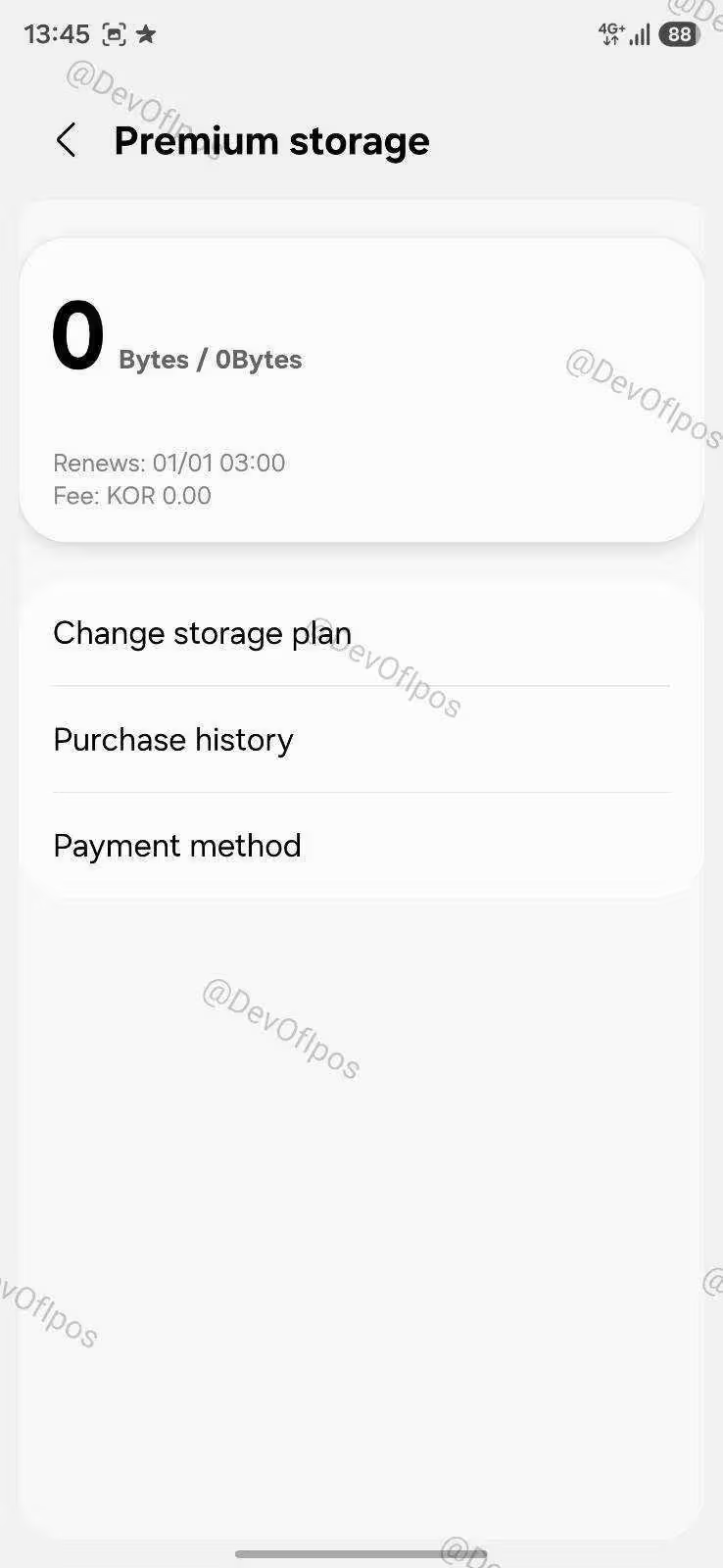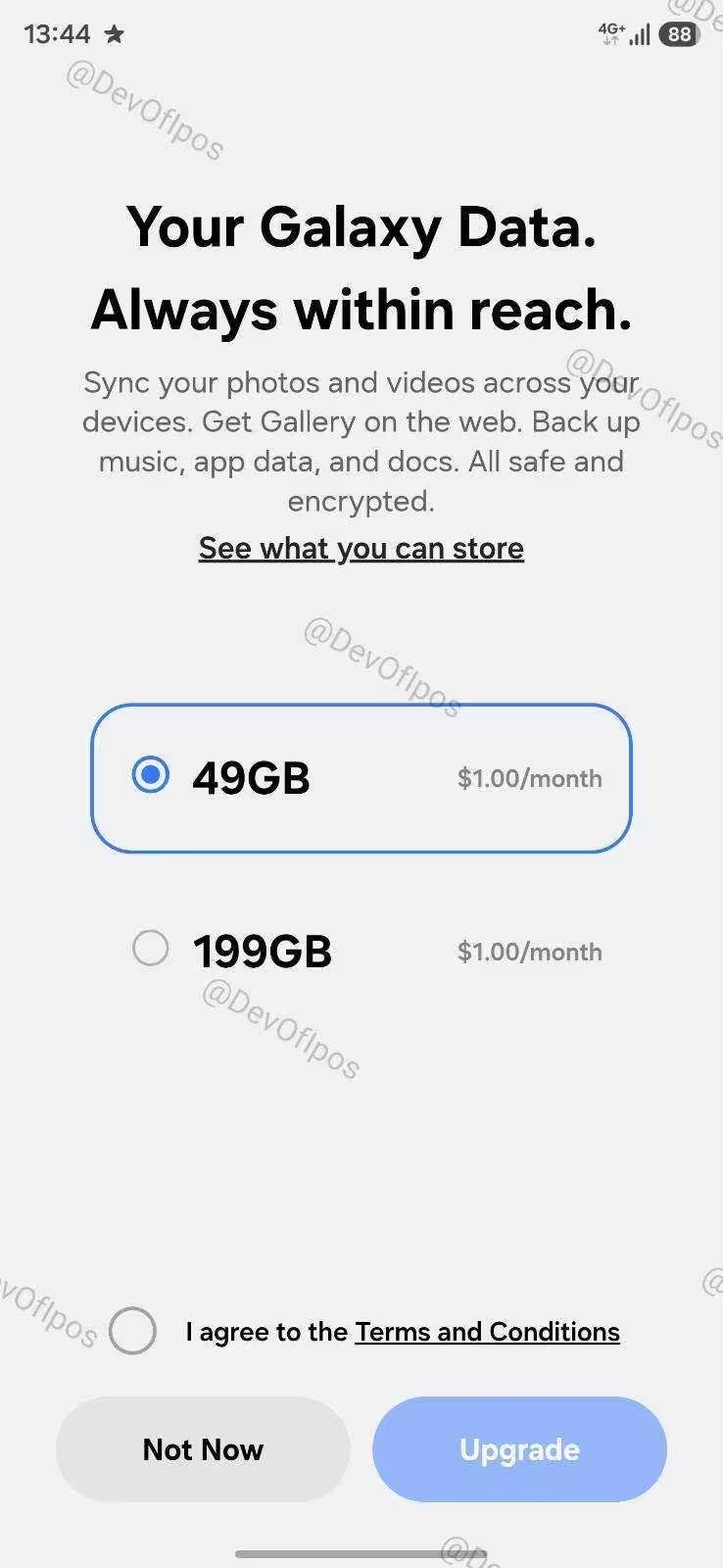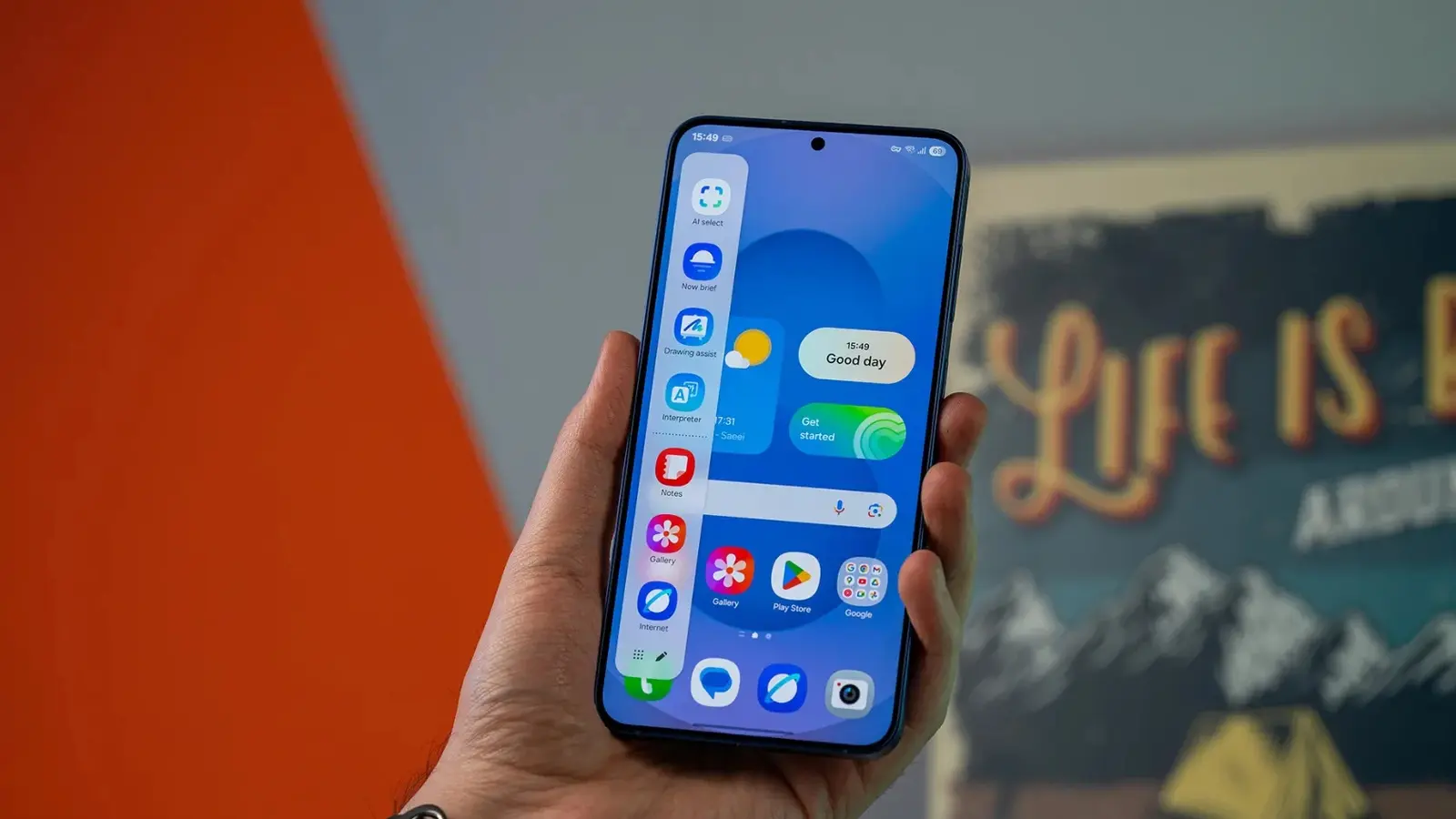3 Minutes
Samsung is preparing to launch a paid, shared cloud storage service for Galaxy devices, signaling a move away from its long-running OneDrive partnership. The revived Samsung Cloud aims to compete directly with Apple and Google by offering native backup and syncing tools tailored for Samsung phones and tablets.
Why Samsung is building its own cloud
Imagine your Galaxy backup living under Samsung's roof instead of a third-party service. That appears to be the plan. Reports suggest Samsung will phase out OneDrive support on Galaxy devices around December, and replace it with a branded subscription model that gives users direct control over device backups and shared storage.
Two early plans, but expect more tiers
Leaked screenshots reveal two introductory plans for the new Samsung Cloud: 49 GB and 199 GB. Both plans showed a price of $1 per month, though that price is likely provisional and could change when Samsung makes the service official. With the top tier roughly equating to 200 GB, power users may still need larger options — Samsung could add higher-capacity subscriptions later.
 |  |
What Samsung Cloud will back up
The updated Samsung Cloud is positioned as a comprehensive backup solution for Galaxy hardware. According to available details, backups will include:
- Photos and videos in your gallery
- Contacts and call lists
- Messages (SMS, MMS and RCS)
- Calendar events
- Ringtones and timers
- Device settings such as Bluetooth and Wi‑Fi
- Home screen layout including Samsung DeX setups
- Apps and app data where supported
- Recorded audio files
Users will also reportedly be able to access backups through a web interface, making it easier to restore or retrieve files when switching devices.
Limits and exclusions to know
There are important caveats. Files larger than 1 GB cannot be backed up, and data stored in Secure Folder won’t be included in backups. Additionally, calendar events and contacts that originate from synchronized external accounts (like Google) won’t be stored by Samsung Cloud — those remain managed by their original services.
What this means for Galaxy owners
For many users, a Samsung-native cloud could simplify restores and device migrations, especially for Samsung-specific features like DeX layouts and certain system settings. Yet the initial capacity tiers and the exclusion rules will shape how useful the new service is for heavy media users or those relying on third-party account sync.
Bottom line: Samsung is betting on a tighter, more integrated backup experience for Galaxy users. Keep an eye out for official pricing and larger storage tiers as the company finalizes the rollout in the coming months.


Leave a Comment